PsychNewsDaily Publishers
100 Summit Drive
Burlington, MA, 01803
Telephone: (320) 349-2484
PsychNewsDaily Publishers
100 Summit Drive
Burlington, MA, 01803
Telephone: (320) 349-2484
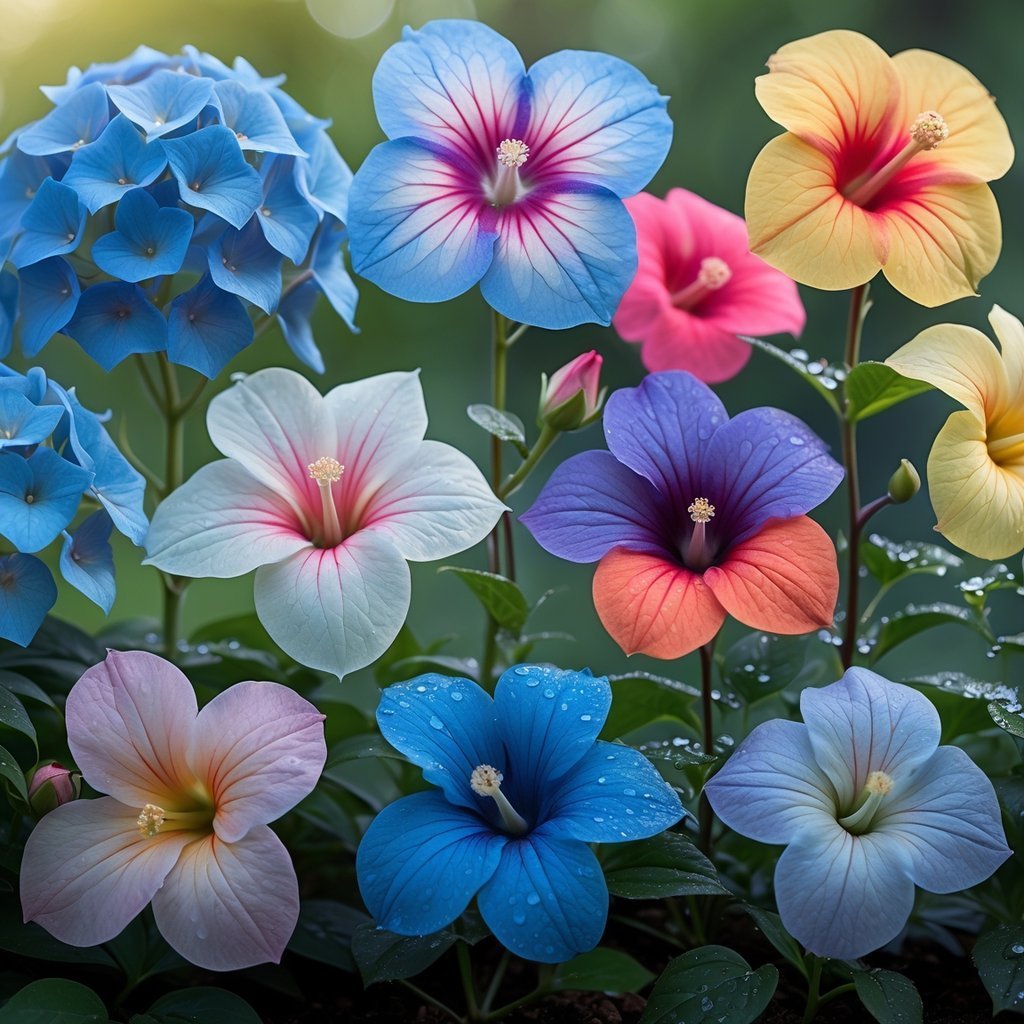
Watching flowers shift colors in your garden feels a bit like magic, doesn’t it? Some flowers naturally change their hues as they grow or react to what’s happening around them.
This color-changing trick brings a fresh, surprising vibe to your outdoor space.
Some flowers can actually change color right before your eyes, giving you a dynamic and colorful show. Here are eight flowers that do just that—perfect for keeping your garden lively and beautiful.
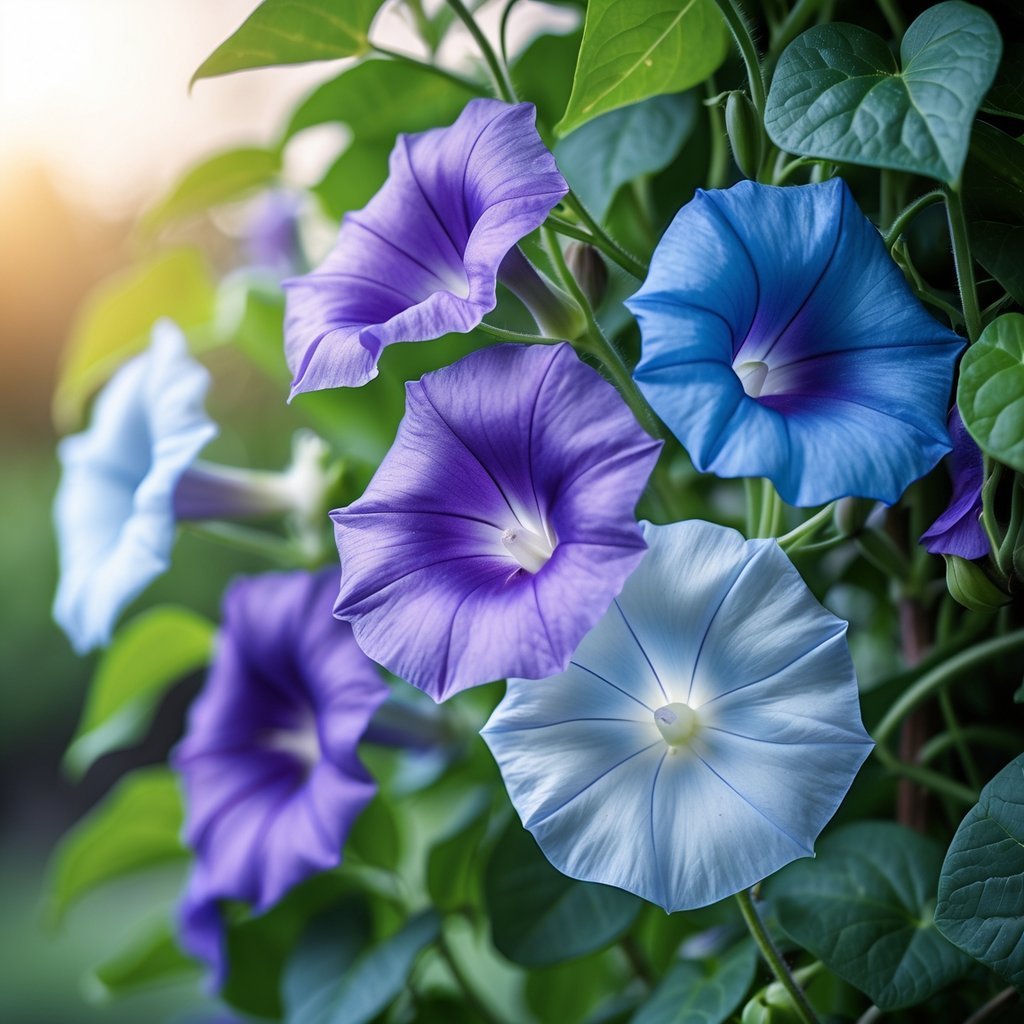
Morning glories love to show off with their changing colors as they age. They usually start out in shades of purple or blue, then fade to lighter blue or even white.
Pigments in the petals fade over time, causing this shift. Things like temperature and soil acidity can also play a part.
If you grow morning glories, you’ll see this color change daily. The flowers open bright in the morning, then mellow out by afternoon.
It’s a simple, natural process that’s easy to spot if you take a moment to look.
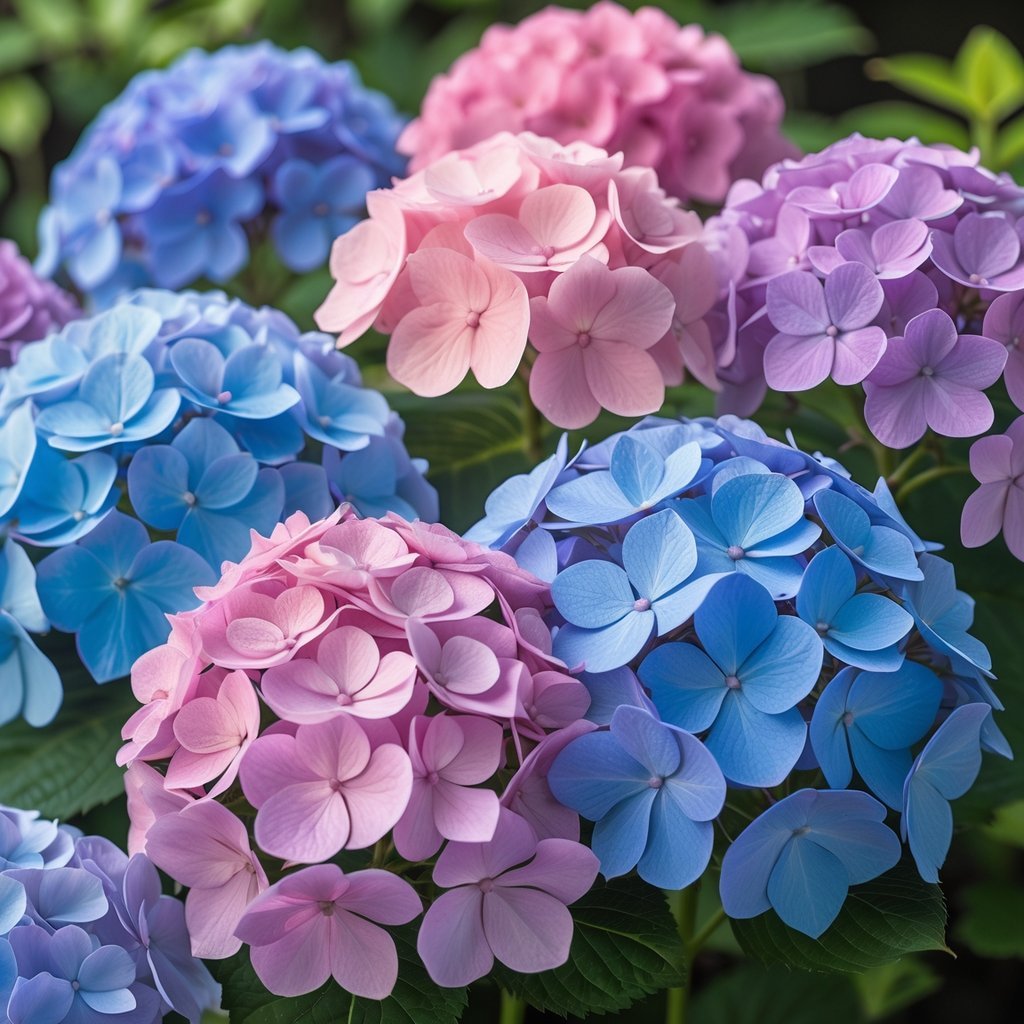
Hydrangeas might just be the ultimate garden experiment. Their flowers change color depending on your soil’s acidity.
If your soil is more acidic (pH below 6), hydrangeas soak up aluminum and turn blue or purple.
With less acidic or more alkaline soil, the blooms usually turn pink. You can actually test your soil and tweak it to get the colors you want.
Not every hydrangea will change color, though—genetics matter too. Bigleaf hydrangeas are the most responsive.
Trying out different soil conditions can be a fun way to get some surprising colors in your garden.
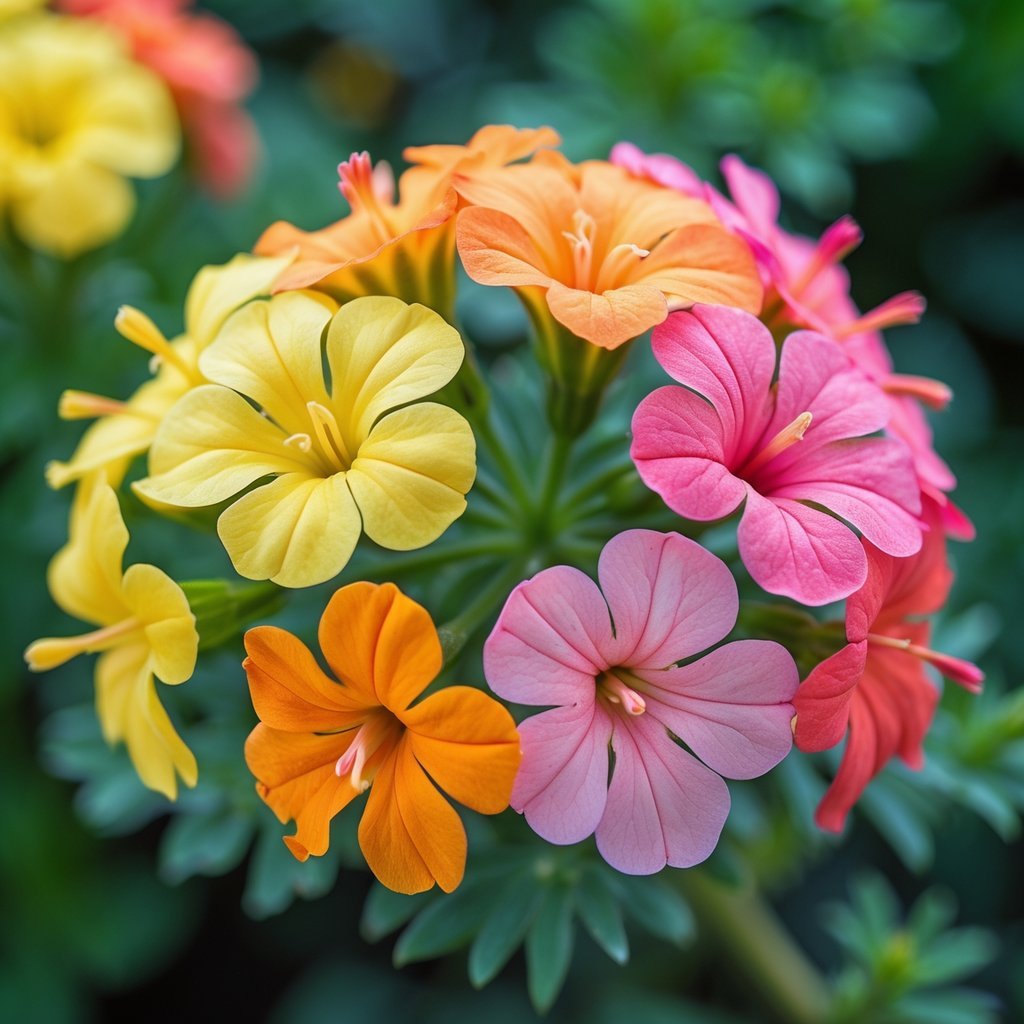
Lantana clusters always seem to have a party going on. Each tiny flower, or floret, changes color as it gets older, so you end up with a rainbow in every bunch.
You’ll spot yellow, orange, pink, purple, and red all at once. Pigments like carotenoids and anthocyanins cause these shifts, mixing warm and cool tones as the flowers mature.
Lantana blooms mostly in spring and summer. Watching those colors shift—honestly, it never gets old.
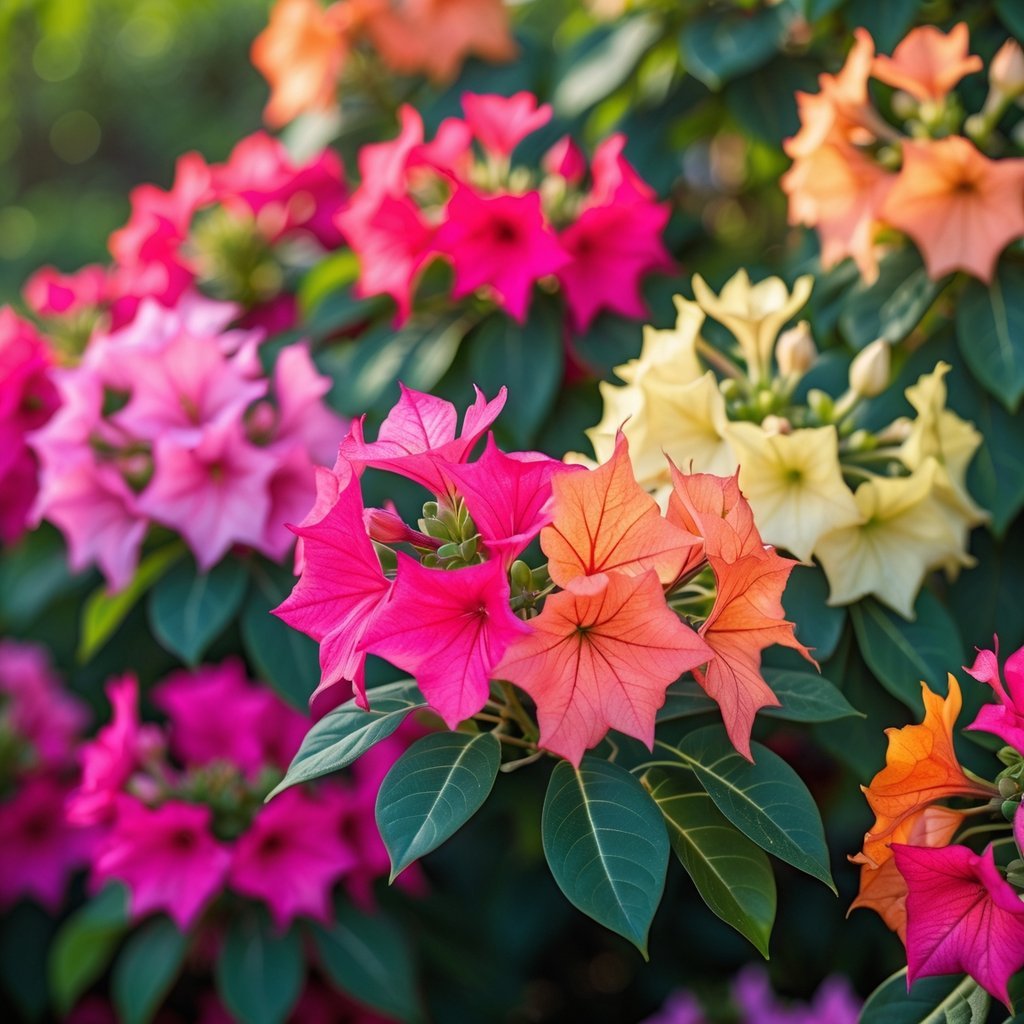
Bougainvillea can surprise you with its color changes as the seasons roll by. The bright blooms might look totally different depending on the light and temperature.
Moving your plant from a nursery to your yard can also shake things up—soil, water, and even wind can make a difference.
Bracts, which are those colorful leaf-like parts, react to the environment around them. Sometimes the colors fade, other times they shift entirely.
Some bougainvillea types naturally change color as they grow. The next time you see your plant put on a new show, just know it’s adapting to its surroundings.
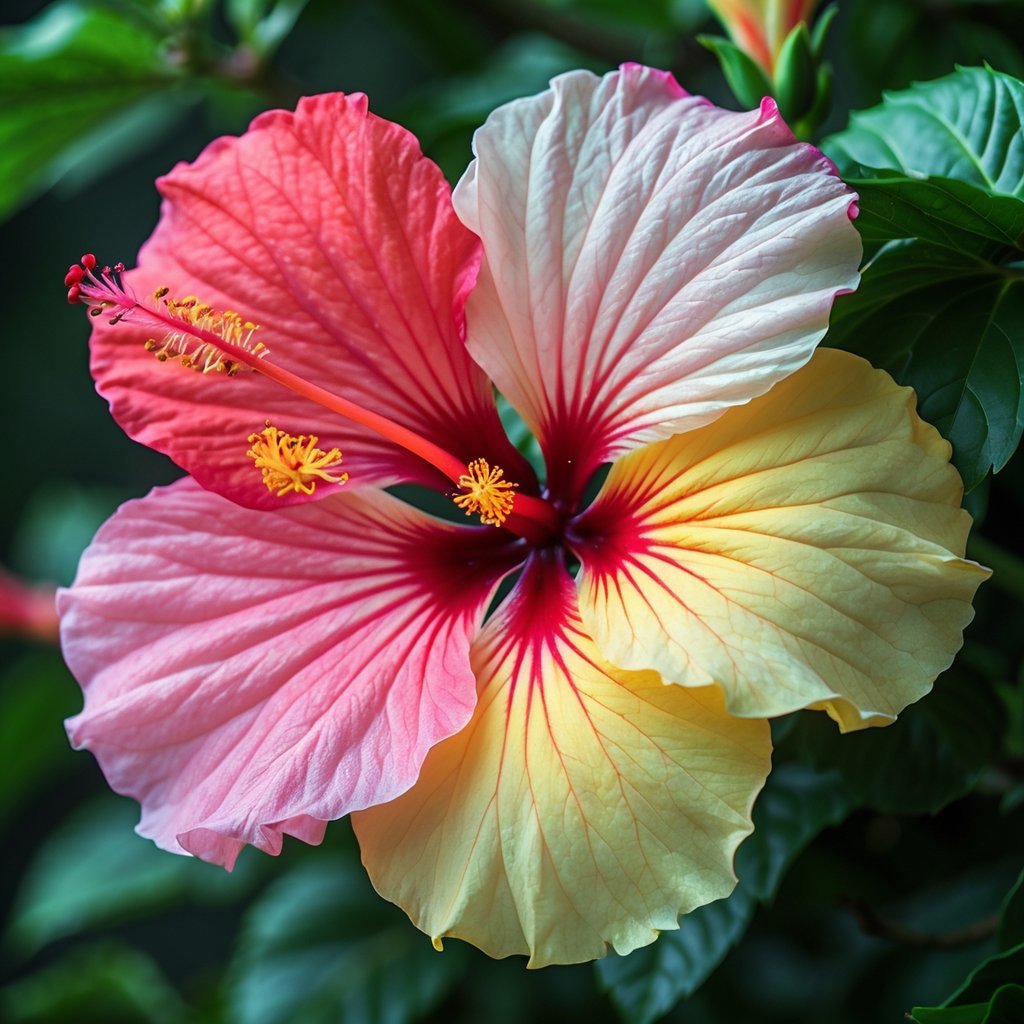
If you’ve ever grown hibiscus, you might’ve caught the flowers changing color in just one day. Hibiscus mutabilis, or Confederate Rose, is especially dramatic—it starts out white in the morning, turns pink by noon, and ends up deep red by evening.
This happens as the flower ages and reacts to sunlight and temperature. Not every hibiscus does this, but plenty of varieties can shift shades depending on their environment.
Spotting these changes can make your garden feel extra lively, almost like it’s got a personality of its own.
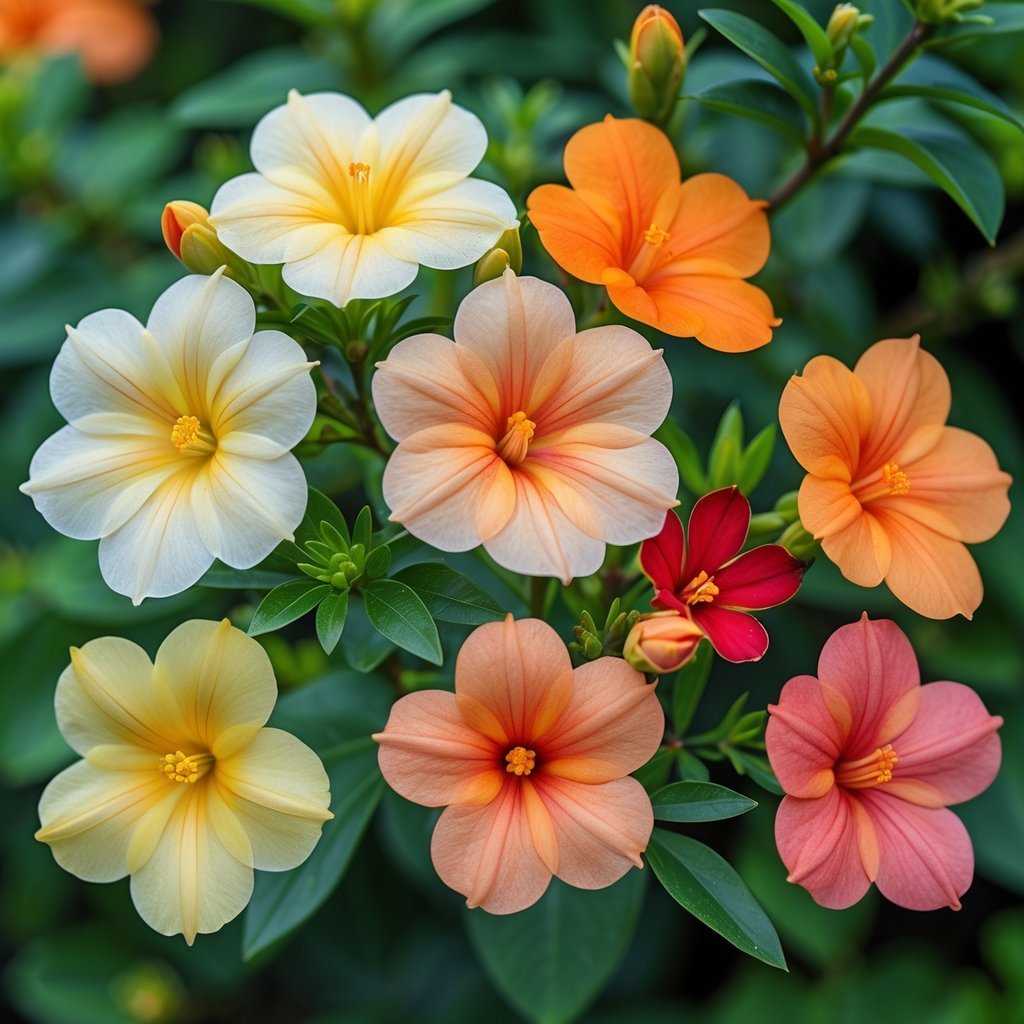
Clivia flowers start out with gentle, soft colors, but as they age, their shades get richer. You might see orange, red, or yellow blooms slowly darken over a few days.
Even young plants or offsets can show slightly different colors from the parent. That’s just natural genetic variety at work.
Growing Clivia from seed takes patience—sometimes years before you see a bloom. But when you finally get flowers, watching them deepen in color is a pretty satisfying reward.
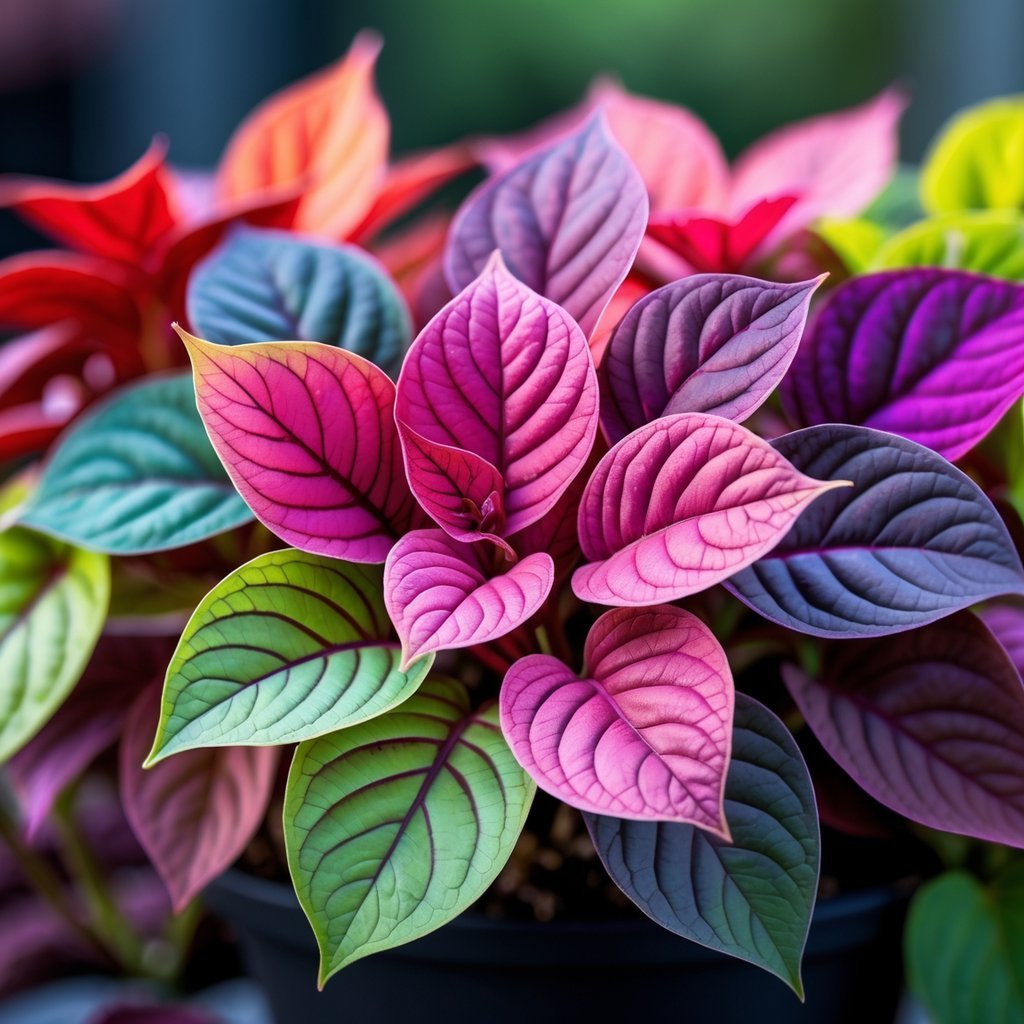
Coleus doesn’t even need flowers to put on a show—the leaves do all the work. Their colors change based on how much light the plant gets.
With more sunlight, the leaves become brighter and more intense. If you move your coleus to a shadier spot, you might see the colors soften or shift entirely.
It’s fun to experiment by moving the plant around and watching the leaves respond. You get a living, ever-changing display with almost no effort.
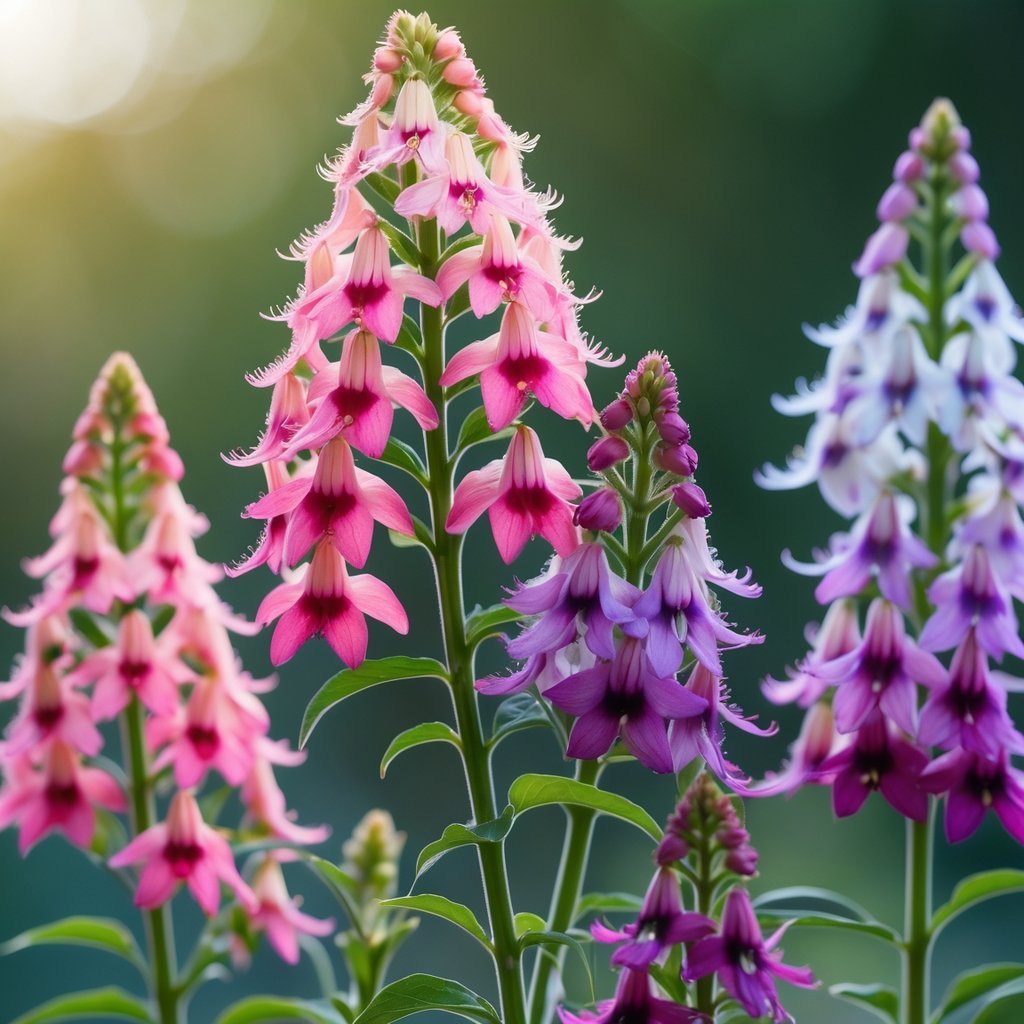
You’ll spot Four O’Clocks starting to bloom in the late afternoon. Their flowers pop open with bright colors like yellow, pink, red, or white.
As the hours pass, the blossoms actually change color right in front of you. Sometimes yellow flowers turn a deep pink, and white ones? They can pick up a purple tint.
Each flower shifts color as it gets older. You might even catch a single plant showing off a bunch of different shades at once, which honestly makes the garden feel a bit more alive.
Four O’Clocks also give off a sweet scent and don’t ask for much care. If you want a plant that livens up your garden in the evening, these are a solid pick.